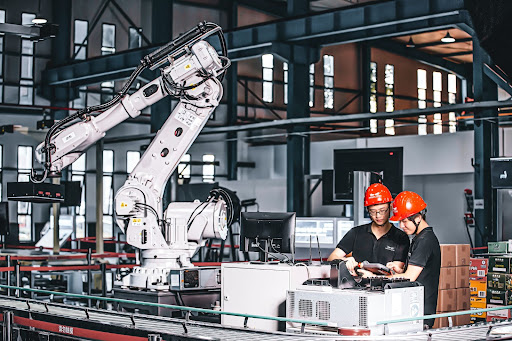
The advent of 3D printers for commercial or personal use has garnered interest in this new technology, but what about 3D scanning? 3D scanning can be beneficial for gathering accurate information on physical objects. The devices on the market can vary, with entry-level quality scanners costing tens of thousands of dollars.
One of the fascinating things about this technology is its potential uses for businesses interested in design. It closes the gap between our physical world and digital design because the things we create with our hands will be easily manipulated or reproduced online. If you’re working as a designer, this technology can be precious.
In this article, we’ll dive into 3D scanning, including how it works, so you can get an idea of how this technology will improve your business.
The Utility of 3D Scanning
The development of 3D scanning technology is relatively new, and the uses for this technology can vary based on your niche. You can apply it in engineering, medicine, computer technology, education, architecture and manufacturing. If you can afford the initial investment, it will provide dividends in terms of quality control in the future.
For Australian businesses unable to invest in their units, you can always search for 3D scanning services in Melbourne, where companies can provide their service for you. These will not only be at a fraction of the cost of your unit, but you’ll also be able to rely on professionals to guide you through the process.
A significant advantage for businesses using laser-based scanning systems is the ability to scan items with pinpoint accuracy, which is much more powerful than previous methods. The type of scanning required for small and precise parts was challenging to access but with 3D scanning, it’s now possible. The ability to implement quality control for these kinds of items will improve the building and quality of your products.
While constructing and designing prototypes for products, the ability to scan accurate and develop these items on computer programs such as AutoCAD is a valuable component. This ability means that anything created by hand can be reproduced easily on computers. Giving the designers more flexibility to move between the physical and digital.
How 3D Scanning Works
The basic principles and aims of 3D scanning are similar to conventional scanning. You’re gathering and translating information from the physical world into digital data. The difference is the technology used to collect that information, the devices designed for 3D objects are usually more complex.
There are multiple ways we can scan 3D objects, and various companies have different products and methods on the market. These can range from laser triangulation to structured light using LED, photometry, or contact-based technology. Ranging from lasers to photography to contact, there are many options for 3D scanning.
Probably the most common method you already use is 3D scanning your own face on the iPhone. iPhones that unlock using biometric identification implement 3D scanning technology that analyses your facial features to grant access to your device. They work by using infrared technology, cameras, dot projectors and sensors.
Laser Triangulation
Laser Triangulation is the most accurate way to make precise scans of small objects. It works by emitting laser lines onto the object’s surface while angled cameras detect these through the calibration process. The device then translates this information into measurements and digital representation. Perfect for industries that require precision and perfection in their products.
Structured Light
Structured light uses an LED array that emits light onto an object; this isn’t as precise as laser triangulation but can catch colouring on things. They can create good renditions of physical objects but are less suitable for detailed and complex engineered items. The issue with this method is the inability to scan glass or black items. Another drawback is the device’s reliance on being connected to computers.
Photogrammetry
Photogrammetry is one of the first technologies developed for 3D scanning and has been around for the longest time. The method involves taking multiple photos of an object to establish the 3D rendition. The 3D interpretation is developed from the numerous 2D vantage points that help the technology determine the landscape of the 3D object.
Contact Based Scanning
Contact-based scanning, as the name implies, is the scanning method of touching objects on multiple points using a fine point. This data is then collated into the program to create a rendition of the thing. One of the most significant drawbacks to this method is that the object needs to remain completely still during the process, as any movement will garner inaccurate results.
Interesting Related Article: “Five 3D Scanning Applications That Have Become Industry Standard“

